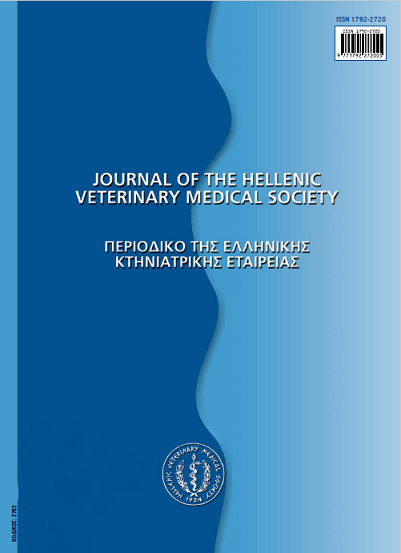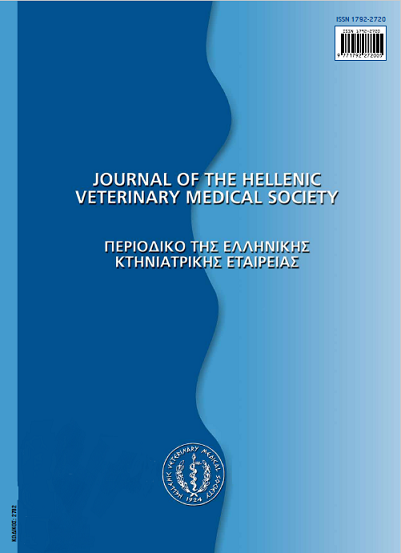Ever-increasing emergence of multi-drug resistant Staphylococcus pseudintermedius in the dog and its zoonotic potentials

Abstract
Methicillin-resistant Staphylococcus pseudintermedius (MRSP) has emerged as an important pathogen in the dog over the past 10 years with an ever increasing incidence worldwide. This review focuses mainly on the epidemiology and detection of MRSP, emphasizing on the interpretation and pitfalls of screening laboratory tests and antimicrobial susceptibility tests. Risk factors for colonization and infection with MRSP and molecular analysis of the dominant clonal lineages are also described. The zoonotic potential and worldwide epidemiology of multidrug resistant Staphylococcus pseudintermedius (MDRSP) are presented. Finally, control options for the colonization of healthy dogs as well as infection by MRSP and MDRSP are described emphasizing on the indications for bacterial culture and susceptibility testing and the principles of topical therapy which may prove to be the sole effective treatment in several canine pyoderma cases.
Article Details
- How to Cite
-
PAPADOGIANNAKIS (Ε. ΠΑΠΑΔΟΓΙΑΝΝΑΚΗΣ) E., VELONAKIS (E. ΒΕΛΟΝΑΚΗΣ) E., & VATOPOULOS (Α. ΒΑΤΟΠΟΥΛΟΣ) A. (2018). Ever-increasing emergence of multi-drug resistant Staphylococcus pseudintermedius in the dog and its zoonotic potentials. Journal of the Hellenic Veterinary Medical Society, 67(2), 109–116. https://doi.org/10.12681/jhvms.15629
- Issue
- Vol. 67 No. 2 (2016)
- Section
- Review Articles

This work is licensed under a Creative Commons Attribution-NonCommercial 4.0 International License.
Authors who publish with this journal agree to the following terms:
· Authors retain copyright and grant the journal right of first publication with the work simultaneously licensed under a Creative Commons Attribution Non-Commercial License that allows others to share the work with an acknowledgement of the work's authorship and initial publication in this journal.
· Authors are able to enter into separate, additional contractual arrangements for the non-exclusive distribution of the journal's published version of the work (e.g. post it to an institutional repository or publish it in a book), with an acknowledgement of its initial publication in this journal.
· Authors are permitted and encouraged to post their work online (preferably in institutional repositories or on their website) prior to and during the submission process, as it can lead to productive exchanges, as well as earlier and greater citation of published work.



